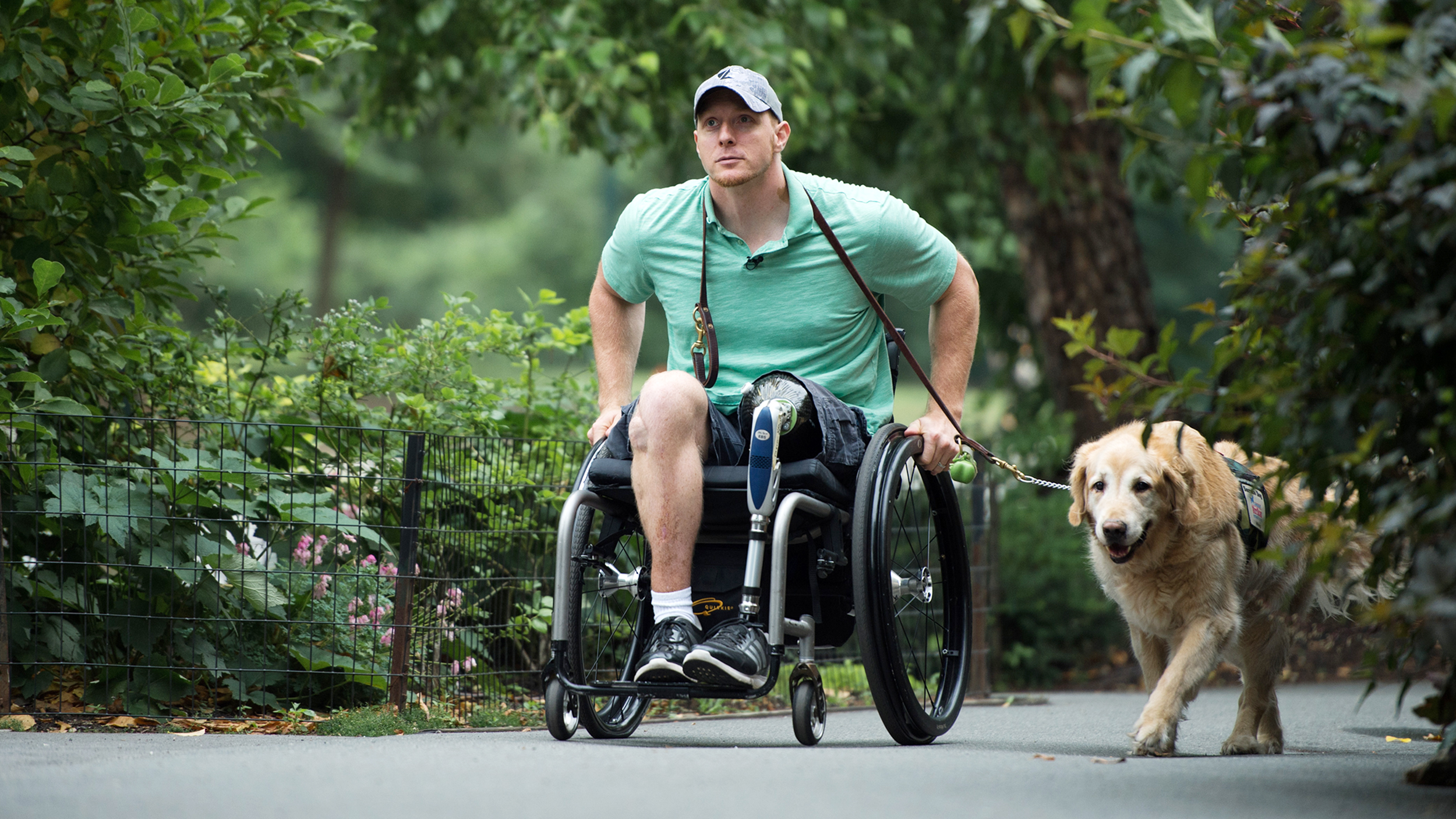Working

The Americans with Disabilities Act became a law July 26, 1990. This was the most sweeping legislation for evening the playing field for all people with disability in terms of employment. This population has been called “the biggest untapped resource” yet in 2019 only 19.3% were working People with disabilities still face major attitudinal, physical. and informational barriers in the world of work. Some employers don’t understand…
- Reasonable accommodations are inexpensive alterations that help all employees.
- Employees with disabilities have better performance, attendance, safety, etc.
- Customers patronize more businesses who hire people with disabilities.
- There are financial incentives for employees who hire people with disabilities.
- Interviewing techniques that demystify employees with types of autism.
“I worked for many years at a government agency that both served people with disabilities and hired them. Susan’s insights are thoughtful, practical, necessary, and welcome.” Wendy
WORSHIPING

In Leviticus God warns people against cursing the deaf or putting a stumbling block in front of the blind. There is no place for prejudice in a house of worship. Faith is an important part of society both for social and religious purposes. Meetings and social activities should be in accessible locations. It's not just about elevators and large restrooms it is about welcoming people with challenges to meetings and to eat at your table. Here are a few accessibility ideas:
For people with challenges
Adaptations
- Physical
- Spaces, larger pew space, ramps, stair lifts, toilet stalls
- Visual
- Bibles, books, and materials, with larger print
- Auditory
- Subtitles to videos, a clear sound system, and interpreters
- Cognitive
- Designate a location or a separate room for people who have difficulty remaining in a chair; seperate classes
“My church has members with disabilities. We include them but this program really helped me better understand how to improve our approach.” – Doris
Living

A disability at any point in life can be overwhelming. Suddenly, you have a body that does not move the way it used to, and you may face inequality and bias due to people’s perceived limitations. That’s why it is crucial to inform and educate the public about multiple disabilities and how to interact with persons with disabilities respectfully. Awareness programs empower. They are best when conducted by people with disabilities, who else is more qualified?
With the proper information, more people will be tolerant and kind to persons with disabilities, creating an environment of mutual respect. Besides, this enlightenment will lead to more accommodating attitudes in all sectors allowing more people with disabilities to contribute to societal growth.
” As a person with a physical disability, this booklet would be useful, informative, and encouraging to anyone who faces daily challenges due to a sudden accident or aging. Journaling gives a person the structure they need to live a good life.” -Wendy
Advocating

Speaking out is an important part of life. Problems don’t just fix themselves. Advocacy is especially true if you have a disability or are a veteran you must learn how to navigate a complicated system in order to receive services.
Here are some tips for advocating successfully.
- Information is power- Learn as much as you can about an issue before you speak.
- Have specific goals – Know what you want and what must happen to fix the goal.
- Identify challenges-This may be due to people’s attitudes or lack of understanding.
- Identify solutions- There is a time to vent and a time to problem solve. Focus on the latter.
- Identify helpful people- You don’t have to solve problems yourself. Talk to experts, friends, family.
- Communication- Talk clearly, calmly, and concisely. Make sure the message is being heard.
- Assertion vs. Aggression- Be firm, others to repeat what you meant. Don’t get cause up in emotions.
- Listen to people- Others may have a perspectives you never considered. Do not interrupt, it’s rude.
- Ask questions- This is also a good way to receive helpful information. Perhaps request a meeting.
- Document everything- Such as: calls, emails, meetings, names, dates, job titles, responses, etc.
- Don’t give up- If the first time fails, follow up, and consider another path. Compromises are ok.
- Contact me- I have personal/ professional experience navigating disability systems. 484-425-7587
Programs and Activities
- Speeches for Businesses- benefits of hiring employees with disabilities strategies, myths, and data on workers with disabilities
- Booklet for employers “Welcoming Employees with Disabilities”
- Speeches for groups individuals Empowerment needed after leaving the hospital/rehabilitation center. Frustrations and solutions. You know yourself best!
- Booklet for groups individuals Let’s explore and consider solutions on these issues- social psychological, vocational, educational and societal.
- “Working on Wheels” -This a simple but powerful way for people to experience & understand a physical disability. People spend a few hours in a wheelchair doing typical activities, eating in restaurant, strolling outside, etc. Then discuss the experience. What was hard/easy? What did you expect from this? How can society become more inclusive?
